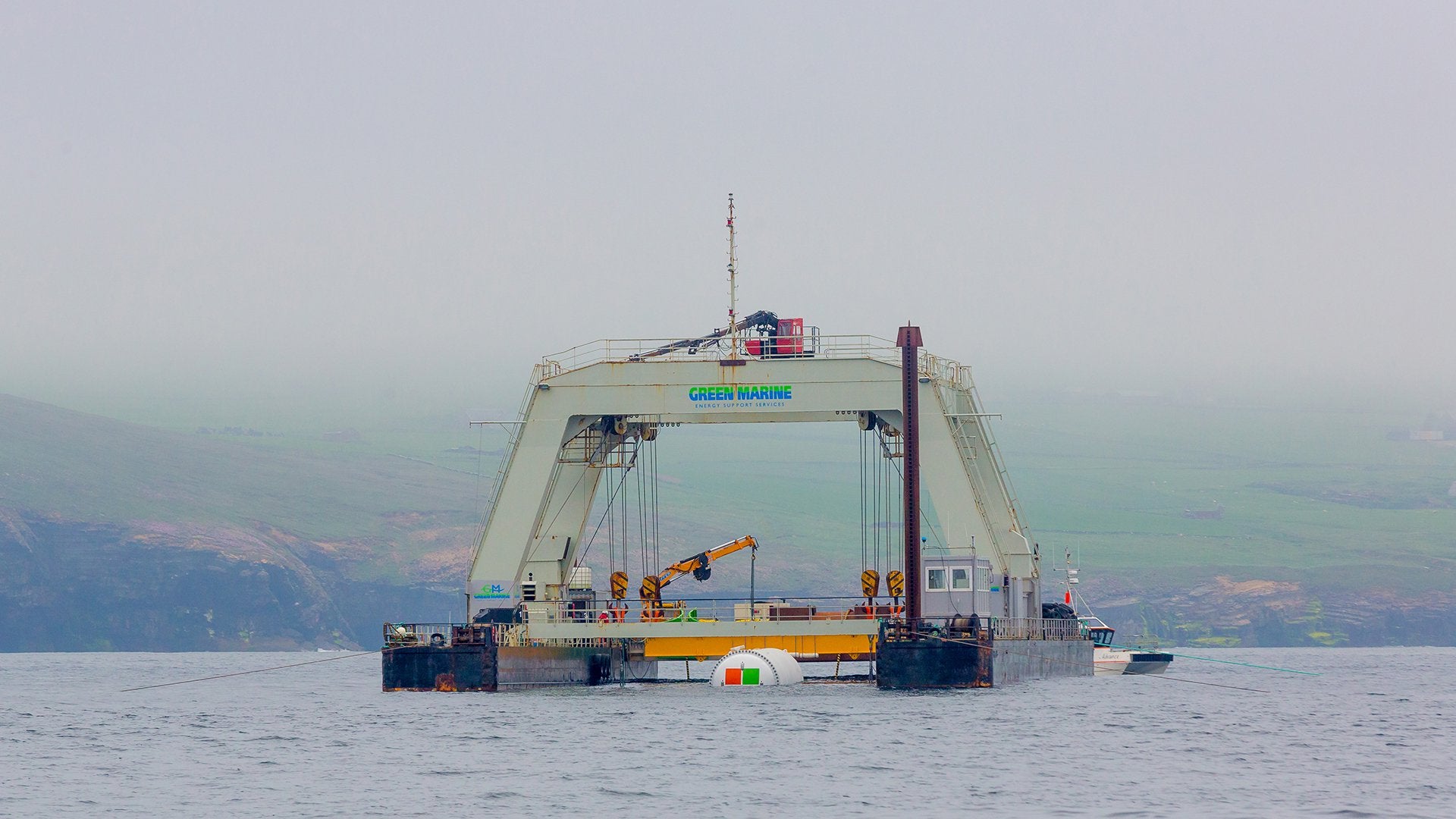The newest green-tech idea: drown data centers at sea
In a bid to save the planet while making some money, Microsoft just drowned one of its data centers at sea. Project Natick is now operating at about 100 ft below the surface of the North Sea near the UK’s Orkney islands, fully powered by renewable energy.


In a bid to save the planet while making some money, Microsoft just drowned one of its data centers at sea. Project Natick is now operating at about 100 ft below the surface of the North Sea near the UK’s Orkney islands, fully powered by renewable energy.
The logic is sound: Bringing data centers close to hubs of computing power benefits customers, enabling smoother web surfing or game playing by cutting down the back-and-forth between users and servers. Microsoft says nearly half the world’s population lives within 150 km (120 miles) of the ocean. And because oceans are uniformly cool below a certain depth, keeping the machines under the sea would cut down the cooling costs that make up a large chunk of the operating budget of data centers.
The Project Natick data center is made up of 864 servers packed in a 40 foot container that now sits about 22 km (14 miles) from the coast. That’s a tiny fraction of some of the huge servers—covering hundreds of thousands of square feet—that tech companies like Microsoft operate. But it may be enough to do a pilot test, and prove that the server could be deployed at commercial scale.
For this pilot project, Microsoft says it will operate the data center for 12 months. First it’ll put the servers through a battery of tests to check on power consumption, humidity levels, noise creation, and temperatures. Then the company will let some customers use the data center. If successful, Microsoft will keep operating the servers, and allow its customers to use it to run their own computations. Currently, Project Natick sits on sea bottom owned by the Scottish government, but the data center is designed such that it could fit into standard shipping containers and delivered where it’s most wanted.
The Orkney islands happen to also generate more than 100% of their energy from wind, solar, and tidal sources. That means Microsoft’s data center, which has its electricity supply delivered through an undersea cable, is also not adding to the ever-growing carbon emissions that are driving climate change.

Want to learn more about the weirdest data centers in the world? Check out Quartz’s book The Objects that Power the Global Economy.
If the idea ever reaches commercial scale, the underwater data centers will probably be powered by whatever energy source is available locally. That said, even if they’re powered by fossil fuels, the submerged data centers would likely use less energy than their onshore equivalents, thanks to the lower cooling needs under the sea.
Microsoft won’t share the cost of the Natick project, but the company believes that at commercial scale, this design will actually be cheaper than typical land-based data centers. “It’s our belief that this type of data center could lead to reduced costs, and simpler structures that incorporate fewer materials, requiring less maintenance and electricity,” a Microsoft spokesperson said.